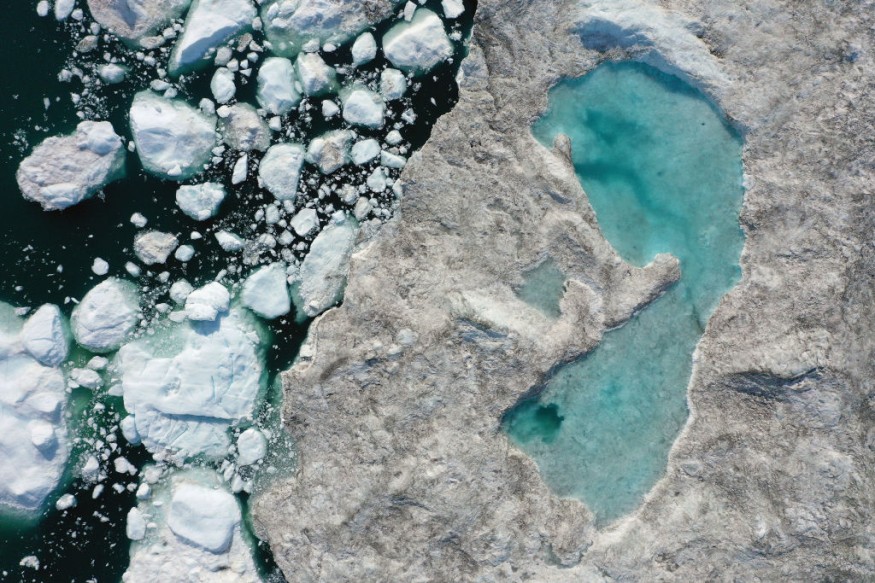The generally stratified layers of water in ocean fjords merge during intense storms, resulting in fjord floor oxygenation. However, severe storms increase the amount of methane released into the atmosphere from fjords.
According to researchers from the University of Gothenburg, the cumulative emissions of this climate-warming gas from fjords are equal to all of the world's deep ocean regions combined.
Methane Emission From Fjords

Fjords were formed when inland glaciers melted, and they are a rare natural feature, accounting for about 0.13 percent of the world's seas.
According to University of Gothenburg experts, methane emissions from the surface of fjords are equivalent to methane emissions from the world's deep oceans, which cover 84 percent of the world's sea surface area. These findings were published in the scientific journal Limnology and Oceanography Letters.
"It's been known for a long time that many fjords have anoxic environments closest to the bottom and that methane forms in the bottom sediment. Usually, only a small portion of this gas ever reaches the atmosphere because it gets broken down as it ascends through the more oxygen-rich waters closer to the surface," Stefano Bonaglia, researcher.
Also Read : Climate Change Affects Ocean Composition, Making it Harder for Marine Creatures to Communicate
Climate Prediction
To estimate the future climate, it is necessary to detect and budget methane emissions to the atmosphere. According to researchers, methane emissions are thought to be responsible for around 30% of the greenhouse impact. The ocean's contribution to methane emissions is substantially lower than that of terrestrial regions.
However, human activity has exacerbated coastal eutrophication, resulting in bigger expanses of anoxic waters on the sea floor. This is especially evident in fjords, which account for over half of all methane emissions to the atmosphere despite accounting for only 0.13 percent of the world sea surface area.
"This is because carbon-rich sediment is deposited in fjords from marine plants and animals and materials entering the fjords from the surrounding land via streams that flow into them. Because fjords are relatively protected from ocean currents, the water tends to stay stratified in layers at different temperatures and with different concentrations of salt and oxygen. The layers closest to the fjord floor are anoxic regions where methane gas forms as the material enter the fjord."
From 2009 to 2021, researchers from the University of Gothenburg researched By Fjord near Uddevalla and performed field investigations to assess methane generation in the fjord. By Fjord, the water is hypoxic and eutrophicated. The Bäve River runs into the fjord, carrying significant fertilizers from the region's farmland.
Methane emissions to the atmosphere increased during fjord mixing episodes. During these episodes, anoxic water from the ground is swiftly brought to the surface, carrying methane, which can subsequently be released into the atmosphere.
Estimated Emission
"We estimate that emissions from all of the world's fjords are of the same magnitude - around 1 Teragram (Tg) or 1 million tonnes per year - as the budgeted emissions from global deep oceans because of the distance from the bottom to the surface of a fjord is much shorter than in deep oceans."
Methane emissions would be decreased if they saw a substantial increase in the number of strong storm occurrences because anoxic habitats at the bottom of fjords would diminish if the water were often mixed.
For more Environmental News, don't forget to follow Nature World News!
© 2026 NatureWorldNews.com All rights reserved. Do not reproduce without permission.





